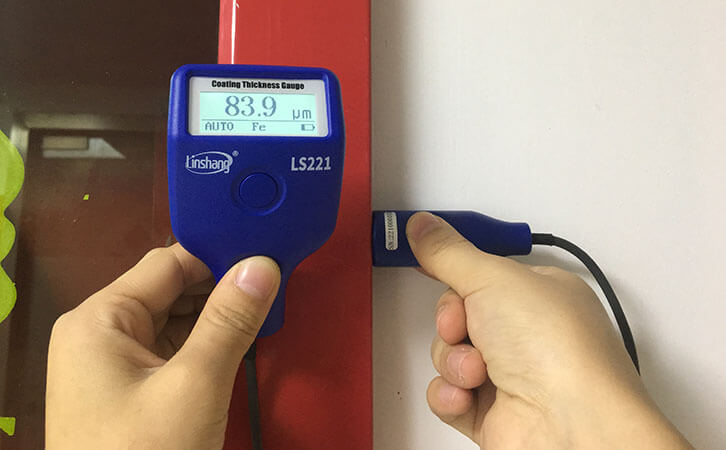The Importance of Coating Film Thickness
No matter what kind of substrate is applied, some professional painters do not realize the importance of proper coating. This is because the paint can usually be painted at a higher coverage rate. A consistent appearance can also be obtained, especially when the color of the primer is similar to the color of the paint.
But no matter how beautiful the appearance looks, too thin a dry paint film will adversely affect some of the key properties of the coating. All these properties will affect the final quality of the project. If the coating is too thin, this benefit of the paint film is minimized because the thinner coating contains insufficient growth-inhibiting additives. The thicker paint film not only provides the mildew resistance that the paint should have, but also helps prevent bacteria from obtaining nutrients from the substrate. The negative impact of too thin a coating on its performance can also manifest itself in many other ways, including:
1. Affects crack resistance
The crack resistance of a coating is directly related to the thickness of the film after drying. This is particularly important for the painting and renovation of outdoor woodware.
2. Poor hiding power
The paint cannot completely cover the surface, so past colors or patterns will appear through the paint film. This problem becomes very apparent once the paint film is eroded due to weather or cleaning.
3. Poor ease of cleaning
The necessary cleaning to remove dirt or stains can damage some paint films, especially on flat paint films. Therefore, the thinner paint film is less resistant to cleaning than the thick paint film formed from the same paint. Poor flowability and leveling-brush marks and roll marks are noticeable on dry paint films. Applying a thick coating provides better flow and leveling.
Regarding the primer, the main properties affected by the coating rate are: crack resistance, hiding power, mildew resistance, consistency of the gloss of the topcoat and the stain sealability and corrosion resistance according to the different properties of the primer.
So take some time to measure your painted surface to calculate its area. Then roughly determine the amount of paint, colorant. Whether you are spraying, rolling or brushing, you should do your best to apply a sufficient amount of paint to the surface.
The recommended spread is determined by the condition (smoothness and porosity) of the surface to be painted and the specific coating used. For very rough exterior wall surfaces, such as rough cement surfaces, the area that can be painted per liter of paint is about 3.6 to 5 square meters, while smoother surfaces, such as closed concrete casting surfaces and undercoating.
LS221 paint thickness gauge measure fire protection coating
The paint thickness gauge uses the principle of magnetic induction and eddy current to non-destructively detect coating thickness or plating layer on the metal work.
The principle of magnetic induction requires that the substrate material of the coating or plating layer is a metal such as iron or steel with good magnetic permeability. The coating or plating layer on the surface is a non-magnetic material. The workpiece and probe coating thickness. The principle of eddy current is to change the oscillation frequency according to the eddy current effect of a metal substrate. The frequency change is related to the non-metal thickness between the substrate and the probe. The thickness of the non-metal coating is calculated through calculation.
At the same time, the accuracy of the three paint thickness gauges independently developed by Linshang Technology is consistent with the accuracy of the Germany Q-nix. It is currently the highest precision instrument in Chinese paint thickness gauges. LS221 and LS223 two paint thickness gauges are externally connected. The instrument is suitable for narrow test environments.
In summary, the paint thickness gauge produced by Linshang Technology should be the most cost-effective coating thickness gauge on the market. It is the best choice for you to purchase a paint thickness gauge. Regardless of whether you are contracting indoor or outdoor projects, always apply paint and primer at the application rate recommended by the manufacturer.
- High precision coating thickness gauge for used car
- Automotive paint protection films coating thickness gauge
- Plating Thickness Measuring Instrument for Detecting Anti-corrosion Coating
- Linshang LS220, LS191, LS160A– Necessary for Car Cover Inspection
- Coating Thickness Gauge for Second Hand Vehicle
- Zero Adjustment Step of Coating Thickness Gauge
